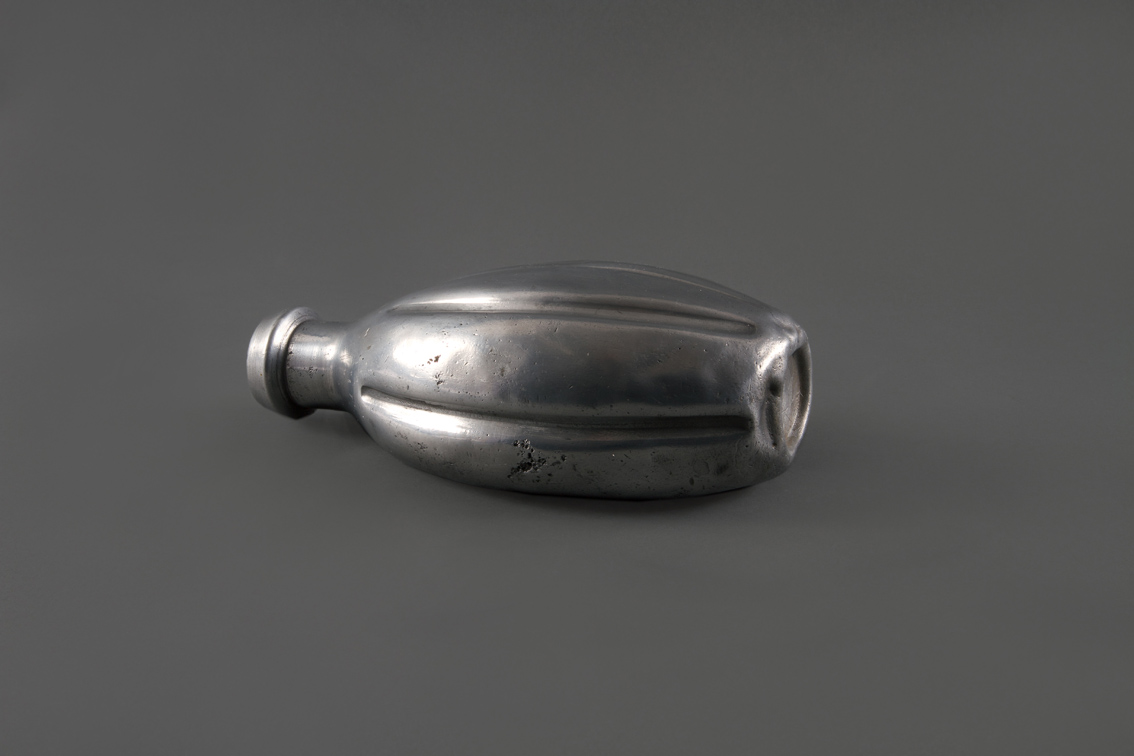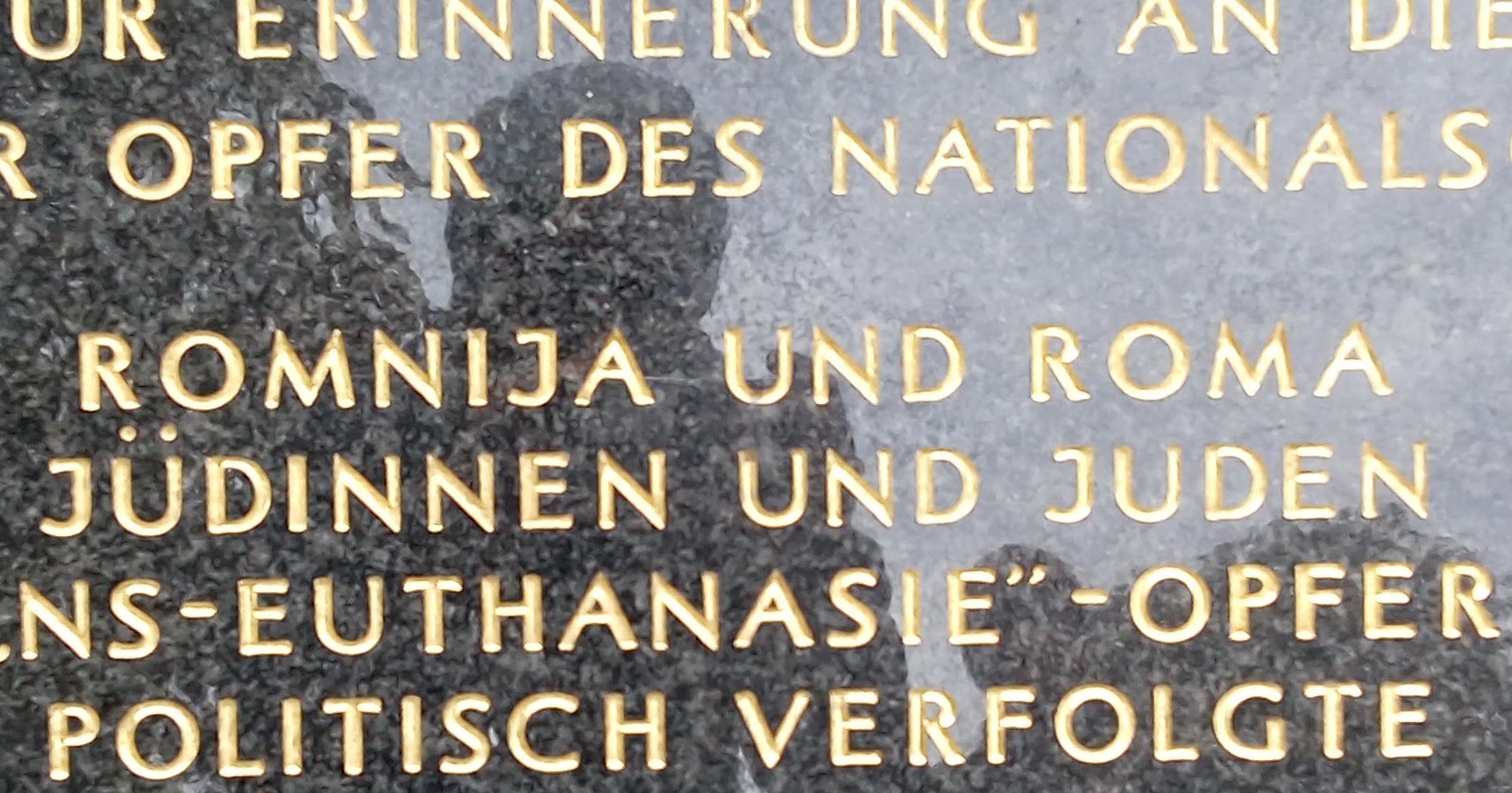Stefan Benedik, Non-committal memory: The
ambivalent inclusion of Romani
suffering under National Socialism
in hegemonic cultural memory. In: Memory Studies.
https://doi.org/10.1177/1750698018818220Abstract
This article compares the place of Romani migrants in contemporary Austrian society to their position in memory debates. It analyses official forms of commemoration which had the intentions not only to remember the victims of past atrocities, but also included a normative, moral aspect – namely, the promise that memory of past injustice would somehow be a useful device against racism, injustice and discrimination in the present day. In this understanding, history, especially the history of National Socialism would ideally teach societies valuable lessons about the treatment of minorities, thus also the Romani communities, in the present. While this still is the predominant political discourse about these forms of memory, the author suggests that memory culture can by contrast be described by what he refers to as non-committal memory. He argues, that when looking at Central European examples, it immediately becomes transparent that memory is only applied in abstract discussions while all immediate connections between contemporary discrimination and historical suffering are neglected. Thus, non-committal memory disconnects present and past policies, and delegitimises a comparison between the persecution of past victim groups and the criminalisation of present-day migrants. The author contends that this is visible by the fact that the majority of memorials that honour Romani victims of National Socialism (in Austria, but also across much of Europe) fail to include or contribute to an understanding of the plight of contemporary Romani people, especially Romani migrants. Arguably, this resulted from the strategies by which activists decided to copy memory politics related to Jewish victims of National Socialism as a ‘successful’ model of integration.

